Calvados is a type of apple brandy, obtained from the distillation of cider. Traditionally, it is produced in French region of Lower Normandy. The fact that calvados is made there has a very logical explanation - Normandy is known for having over 150 apple varieties growing there. But enthusiasts are categorical that the rise of calvados is inevitable and it would have won people over worldwide anyway.
That which distinguishes calvados from wine brandy is the strong vanilla accent and taste of fresh apple. Calvados is characterized by many interesting and elegant nuances of nuts, red fruits or honey, depending on its variety and age. In all high quality distillates, including calvados, 3, 10, 12 and 20-year calvados are distinguishable.
As with numerous French products with unique traditions in production, so too does the Appellation d’Origine Contrôlée apply to calvados. In 1997, they determined 3 strictly controlled regions (appellations) for the production of calvados. These are AOC calvados, Calvadso Domfrontais, Calvados Pays d’Auge. Calvados production takes place in several French regions, with a total of 1572 populated areas having the right to sell apple brandy bearing the name "Calvados".
Calvados Pays d’Auge - there are 2500 manufacturers registered in this appellation. Characteristic of this region is that they only use apples in the production process and the cider needs to ferment at least half a year. The calvados here usually results from a double distillation, giving a lighter alcohol, suitable for longer aging.
AOC calvados - this is the largest appellation with 6000 registered producers, 400 of which are major. The unique thing here is the lack of strict rules, allowing for drinks with a wide range of quality and style. The calvados in this appellation is made with a single distillation.
Calvadso Domfrontais - 1500 producers are registered in this appellation, 5 of them being larger. Apples and pears are used in the production of calvados here, with the pear alcohol comprising at least 30%, even though in practice the beverage may contain up to 50% of pear distillate.
History of Calvados
The origin of the name calvados is a compelling story. Back in 1588, the Spanish king Philip II decided to invade the English and sent the so-called "Invincible Armada" to the island. One of the ships, named "El Calvador", became shipwrecked along the French coast.
The locals began calling the region Calvados, after the ship, when in 1790, the French officially named it so. Apple brandy was traditionally produced in the area and quite logically, it too took on the name of the province. Charlemagne created a guide giving detailed instructions for the growing of apple trees and procuring the juice from their fruits. During the reign of Henry IV, the workers who distilled brandy from apple juice created their own corporation.
Production of Calvados
Producers of calvados only use small apples that can boast of an intense and vivid flavor. Unlike a wine, which is only made from a certain grape variety, calvados requires the careful selection of different apple varieties.
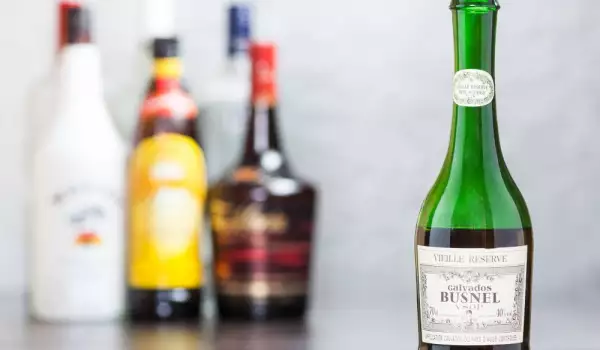
Calvados is produced by mixing the different alcohols, with the correct combination making it possible to maintain the same taste for many years, regardless of the year-to-year changes in the quality of apples and pears. To achieve this, each producer usually grows between 20-40 different apple varieties.
Depending on the content of sugar and tannins, the apples are divided into 4 categories - sweet, bitter, bittersweet and sour. In calvados production, they usually use 10% bitter varieties, 20% sour and 70% bittersweet.
The categorization of the pears is comparable to that of the apples. The different apple varieties are picked in early fall. After they are picked, they are left out in the open for awhile, to ripen completely. Then they are put in distilleries, where they are blended in an apple press and the resulting mixture is strained, to get a thick extract, which is then left to ferment between several weeks and several months.
Sugar is added to the extract, turning it into alcohol. This creates the cider, which is then distilled. The alcohol from the apple wine is obtained after boiling the wine in a copper pot, from which the concentrated alcohol evaporates into specially-made equipment and then cools.
6 gal (22 L) of fruit liquid yield just 4 1/5 cups (1 L) of calvados. After the actual distillation, the drink does not yet have any color. It is turned into the desired calvados after aging in oak kegs, found in dark wineries, for a certain period of time and at a certain temperature. The kegs are filled with distillate to about 60-70% of their total volume.
While the calvados ages, its color gradually changes from golden to amber. The secret of this famous drink lies in the perfect mixture of aged distillates.
The masters at the wineries produce calvados in a strictly determined manner, combining pear and apple brandies from different harvests and ages. The actual mixing method is kept completely secret and is passed down from generation to generation in each company.
Depending on the recipe, the calvados contains an alcoholic content of between 30 and 50%, usually around 40%. Ready for consumption calvados is characterized by a fresh apple taste, a strong vanilla aftertaste, as well as delightful nuances of red fruits, nuts or honey.
Types of Calvados
You can determine the age and quality of the calvados by looking at the bottle label. The age label means that every alcohol contained in that particular calvados has been aged no less than what is specified.
There are several common markings: Fine, Trois etoiles, Trois pommes - a calvados aged in kegs at least 2 years; Vieux and Reserve – aged a minimum of 3 years; V.O. Vieille Reserve, VSOP – aged a minimum of 4 years; Extra, X.O. Napoleon, Age Inconnu, Hors d'Age, - at least 6 years; Age 12 ans, 15 ans - aged at least 12 years or 15 years. Whenever the label has 1946, 1973 or some other year - these are calvados made from that particular yearly harvest.
Serving Calvados
Calvados is a drink that is drunk clean, without any fruit juices or water. There is no need to cool it further and it is normally served after a meal. Enthusiasts describe its taste as something akin to brandy. Calvados is also found in the ingredients of various cocktails.
Among the best known drinks it is found in are Caipirinha - apple juice, calvados and lime; Bocage - calvados, orange syrup, apricot liqueur and pomegranate syrup; Normandy - lemon juice, raspberry juice and calvados. To make them, bartenders must use 3-year-old calvados.
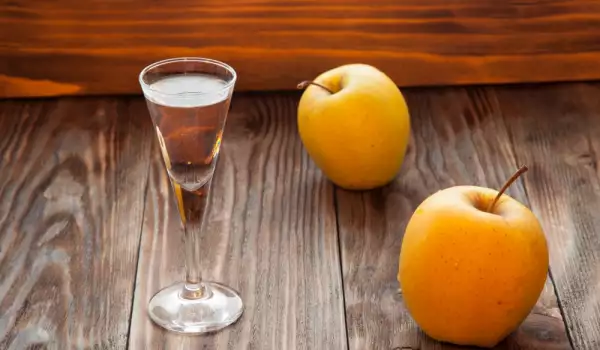
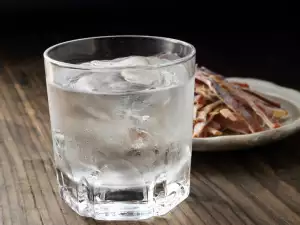

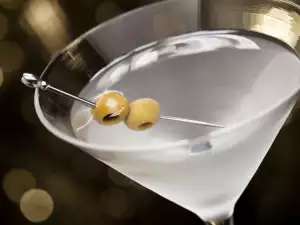
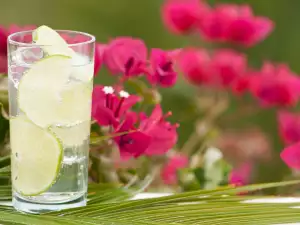
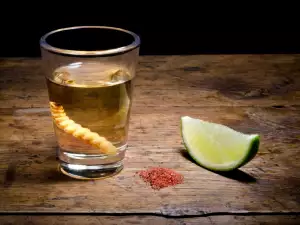
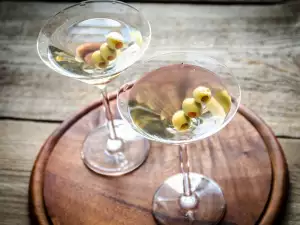
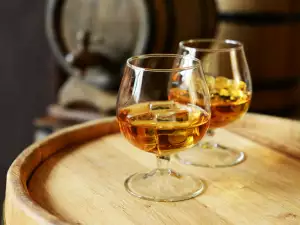

Comments